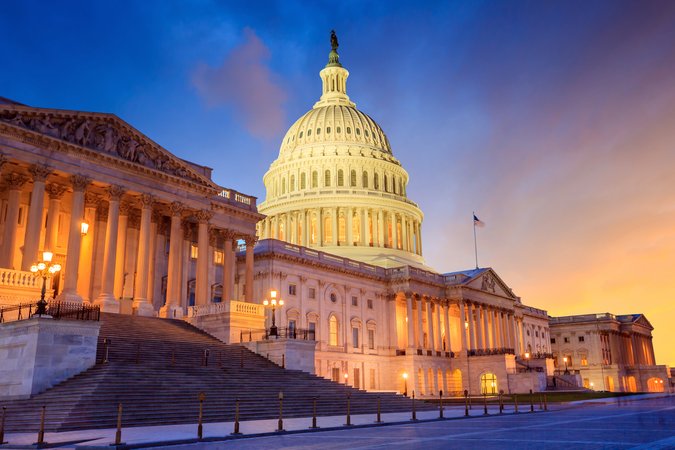Impacts of EPA’s Finalized Power Plant Greenhouse Gas Standards
Emissions reductions may be met with relatively small costs.
A new article in the journal Science finds that the US Environmental Protection Agency’s May 2024 rules limiting emissions from power plants could reduce US power-sector carbon emissions by 73 to 86 percent below 2005 levels by 2040, compared with 60 to 83 percent without the rules.
The findings, which are the results of modeling conducted by EPRI, Resources for the Future (RFF), and other institutions, represent the most detailed modeling to date on this landmark policy. The nine models used by the research team not only found notable emissions reductions, but a change in power generation: coal-fired power plants retire at quicker rates under the rules while the use of natural gas, renewables, and nuclear either increases or holds steady relative to trends without the rules.
In a range of scenarios with and without the rules, the authors find that the United States falls short of the emissions reductions needed to meet its 2030 economy-wide emissions target and its 2050 net-zero goal.
Click here to read the rest of the press release.
Click here to read the article.
Authors

John Bistline
EPRI

Geoffrey Blanford
EPRI

Maxwell Brown
Colorado School of Mines

Allen Fawcett
Center for Global Sustainability

Anne Hamilton
National Renewable Energy Laboratory

Gokul Iyer
University of Maryland, College Park

Jesse Jenkins
Princeton University

Ben King
Rhodium Group

Hannah Kolus
Rhodium Group

Amanda Levin
Natural Resources Defense Council

Qian Luo
Princeton University

Molly Robertson
Associate Fellow
Molly Robertson is an associate fellow at Resources for the Future.

Daniel Steinberg
National Renewable Energy Laboratory

Anna van Brummen
Rhodium Group

Grace Van Horn
Center for Applied Environmental Law and Policy

Aranya Venkatesh
EPRI

John Weyant
Stanford University

Ryan Wiser
Lawrence Berkeley National Laboratory

Alicia Zhao
University of Maryland, College Park










